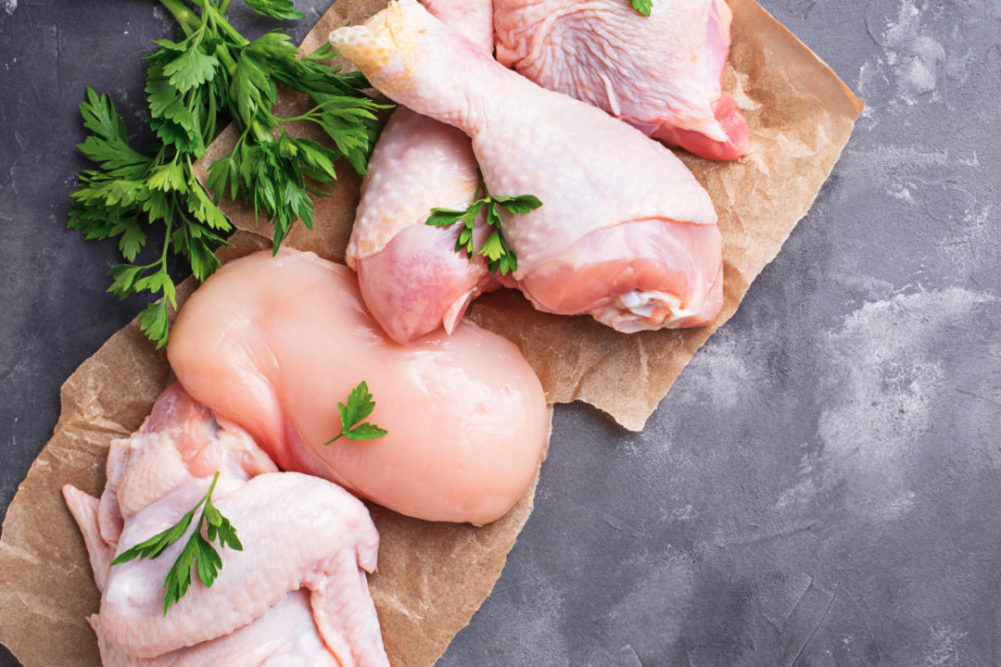WASHINGTON – While some foodservice companies and processing company executives have reportedly made references to a dearth of chicken in the market for reasons ranging from the growing demand for chicken sandwiches being offered by more quick-service restaurant chains to a labor shortage at poultry-processing plants that was exacerbated by the COVID-19 pandemic.
During an April 28 call with financial analysts, David Gibbs, chief executive officer at Yum! Brands Inc., parent company of KFC, said the chicken chain has struggled to meet demand for its new chicken sandwich due to tightening domestic chicken supply.
Since rolling out its three new crispy chicken sandwiches, McDonald’s Corp. reported on April 29 that the new offerings eclipsed expectations already.
“While the category is very competitive, we are so far exceeding our projections,” said Joseph Erlinger, president of McDonald’s USA, during a call with analysts. “We are selling substantially more chicken sandwiches compared to our previous chicken sandwich line and seeing strong unit movement,” he added.
According to data from the US Department of Agriculture, chicken production lagged at the start of 2021, but a rebound appears to be on the horizon.
A spokesman from the National Chicken Council (NCC), confirmed a 4% drop in broiler production in the first quarter of 2021 compared to last year and a 3% decrease in pounds of chicken produced during the quarter. But the pendulum has begun swinging the other way more recently.
“Broilers produced the week ending April 10th were up 4% versus a year ago; the week ending April 17th up 9%; and the week ending April 24th up 7%,” according to NCC.
Spokesperson Tom Super said the supply is currently tight but stopped short of saying there is a chicken shortage. He said the cause for the limited supply of late is linked in large part to weather extremes that impacted a wide swath of the poultry producing states in the United States.
“Chicken producers are doing everything they can to overcome the devastating impact of Mother Nature when she inflicted the once in a lifetime winter storm on Texas and nearby states – major chicken producing regions,” Super said. “It will take time and effort to eventually replace the impacted hatchery supply flocks in that region, but supply should catch back up to demand soon.”
The supply issue has been felt by foodservice operations too, not so much because of a flood of diners returning since the pandemic began, but because even more consumers are ordering wings to-go.
“So as high as demand is for wings right now, even small gaps in the supply of wings can cause big fluctuations in price,” Super said. “Keep in mind, too, that this weather event took place in February, right after the biggest event of the year for wings: The Super Bowl.”
He said wing demand has proven to be immune to the pandemic for the past 14-plus months.
“If you think about it, restaurants like wing joints and pizza places were built around takeout and delivery, so they didn’t have to change their business model that much during the pandemic. Wings travel well and hold up during delivery conditions. Plus, they aligned with consumer desire for comfort food during the pandemic,” Super said. “Bottom line – demand has been and remains high.
“As chicken production begins to resume back to a more normal pace of output in the coming months, and there is a better supply/demand ratio, the market should ease.”


